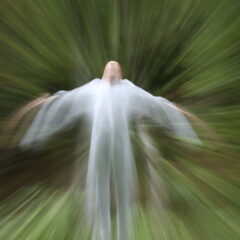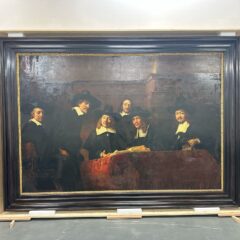Patrice Rouge: A Great Painter Who Almost Missed His Calling
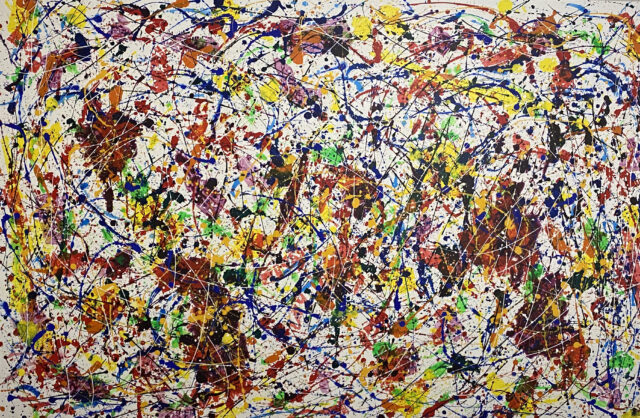
Patrice Rouge is a remarkable new artist whose story is only now unfolding. Raised by French parents in Grenoble, France, Rouge‘s creative instincts were nurtured while attending art school as a teenager. After completing his studies, he was anxious to travel and seek his fortune abroad. First he traveled to America where he spent six months exploring the expanses of the southwest Arizona, New Mexico, Utah absorbing the colors of the landscape and in particular those of the Grand Canyon.
He committed those images to memory never expecting that they would one day find expression in his paintings. After leaving the U.S., he ventured to Brazil where he would embark on a career as a diamond trader. Rouge was drawn to the rich colors of Brazil, the dense jungle terrain, and the exotic grandeur of the Amazon. He was so enamored of the land that he would spend most of the next four decades living and working in Rio de Janeiro.
Upon returning to France, Rouge found work in the corporate world, first in Paris and then in London. He excelled in his job and quickly rose through the ranks, but he never forgot his passion for art. In his spare time, he continued to paint and exhibit his work, but he never considered pursuing art as a full time career.
It wasn’t until Rouge’s early seventies, after a successful career in business, Rouge became increasingly aware that there was something lacking in his life. In 2015, during the course of a late evening dinner over wine at an idyllic Provençal restaurant, a friend suggested that he needed to change course in life. That was the moment Patrice realized that he needed to take up painting again as a way of reconnecting to his former passion. He began painting full time with renewed intensity, creating vivid and dynamic works that captured the essence of the natural world.
This marked the creative rebirth of Patrice Rouge. Within a year, he had completed several dozen paintings, and he has since poured himself into his art with increasing urgency. His paintings are a torrential downpour of colors, the blue of the Arizona sky, the intense greens and yellows of the Brazilian diamonds, the red of its tourmalines, the gold of imperial topaz.
An Interview With Patrice Rouge
Q: How did you develop your style and approach to abstract expressionism?
ROUGE: My style and approach to abstract expressionism has evolved over the years through experimentation and exploration of various techniques and materials. I have always been drawn to the power of color and its ability to evoke emotion and energy. My early influences include artists such as Jackson Pollock and Willem de Kooning, but I have also been inspired by the work of surrealist artists like Salvador Dali and Max Ernst. Through a combination of these influences and my own experimentation, I have developed a style that is both spontaneous and controlled, allowing for a balance between my conscious and unconscious mind.
Q: Can you describe your creative process?
ROUGE: My creative process usually begins with an initial idea or concept that I want to explore. From there, I begin to experiment with different materials and techniques, often allowing my subconscious to guide the process. I find that this approach leads to a more authentic expression of my inner world. As the work progresses, I refine and adjust the composition, often working in layers to build up the complexity of the piece. Ultimately, my goal is to create a work that embodies both the emotional energy and intellectual depth of my vision.
Q: What message or feeling do you hope to convey through your art?
ROUGE: My hope is that my art communicates a sense of vitality, energy, and emotion to the viewer. I believe that art has the power to evoke a visceral response that transcends language and rational thought. Through my work, I hope to create a bridge between the inner world of the individual and the universal human experience, allowing for a deeper connection and understanding of ourselves and each other.
Q: Several of your works follow in the tradition of Jackson Pollock‘s iconic drip paintings. How has Pollock inspired you and how would you hope your variation and reinterpretation of Pollock‘s style will be viewed in the art world?
ROUGE: Jackson Pollock has been a major influence on my work and has inspired me in many ways. His drip paintings, in particular, have always fascinated me for their raw energy, spontaneity, and expressiveness. Pollock’s work embodies the spirit of abstract expressionism, which is all about exploring the inner world of the artist and tapping into the subconscious mind.
In my own work, I have taken inspiration from Pollock’s drip paintings, but I also try to bring my own unique perspective and interpretation to the style. I believe that art is all about taking what has come before and building on it, creating something new and original that reflects the current moment.
I hope that my variations and reinterpretations of Pollock’s style will be viewed as a continuation of the abstract expressionist tradition, rather than a mere copy or imitation. I strive to bring my own voice and vision to the work, while also paying homage to the artists who have inspired me along the way. Ultimately, I believe that art is a conversation between artists and between generations, and I hope that my work contributes to that ongoing dialogue.
Q: It sounds like you are discussing the influence of Jackson Pollock on your own artwork and your interest in experimenting with his unique painting technique. You also mentioned the importance of recognizing that artists often work within a larger artistic movement or community, such as the cubist or impressionist eras.
ROUGE: This is a good point, as artistic inspiration and influence can come from a variety of sources and interactions with other artists can shape an individual’s artistic style and approach. Of course, I am aware that anyone who dares adopt a similar approach will come under intense scrutiny, but I believe that those of my paintings that draw on that technique have their own distinctive character and tend to use brighter colors. My inspiration on that level is my own, however, and the similarities in style are seen as an homage as much as a rethinking of that particular abstract vein.
It’s understandable that adopting a similar approach to a well known artist like Jackson Pollock may bring about scrutiny and comparisons, but it’s also important to remember that every artist has their own unique perspective and style. Your use of brighter colors and personal inspiration can certainly contribute to the distinctive character of your artwork. Paying homage to an artistic movement or influential figure can also be a meaningful way to engage with the history and evolution of art. Ultimately, it’s up to the artist to decide how they want to incorporate different influences into their work and make it their own.
Q: Apart from Pollock, which artists have been particularly influential in your artistic evolution?
ROUGE: I admire the work of Miro, Kandinsky, Dali. I am also very taken with the work of Hieronymus Bosch. There is something very striking and compelling and unique about their works and their way of rendering objects. I’s great to hear that you have found inspiration in the work of Miro, Kandinsky, Dali, and Hieronymus Bosch. Each of these artists has made significant contributions to the art world and has developed their own distinctive style and approach. It’s always valuable for artists to study the work of others and learn from their techniques and perspectives. By incorporating these influences into your own work, you can continue to evolve and grow as an artist.
Q: It sounds like you had a strong desire to explore the world and gain life experiences beyond the confines of a traditional academic setting.
ROUGE: Many young people feel a similar urge to venture out and see what the world has to offer, and it can be a valuable and enriching experience.
Q: It’s interesting to hear how your experiences living in Brazil may have influenced your artistic evolution and perspective. It’s interesting to hear that your interest in precious stones drew you to Brazil.
ROUGE: It’s understandable to be drawn to the beauty and allure of gemstones, and it’s great that you were able to pursue that passion and earn a degree in gemology. Brazil is known for its rich deposits of precious stones, including emeralds and diamonds, so it’s not surprising that you were drawn to the country to explore its natural resources. It’s fascinating to hear how your interests and experiences have shaped your artistic evolution.
Yes, Brazil is indeed known for its stunning natural beauty and diverse landscapes. The Amazon rainforest is one of the most biodiverse regions on the planet, home to countless species of plants and animals. Brazil is also known for its beautiful beaches, such as those in Rio de Janeiro and Florianopolis, as well as its dramatic waterfalls, such as Iguazu Falls on the border of Brazil and Argentina. The country is also home to several unique cultural traditions, such as capoeira, samba, and the annual Carnival celebration. It’s great to hear that you had such a positive experience traveling through Brazil and were able to appreciate its many natural and cultural treasures. However, it is common for travelers to become attached to the places they visit, especially when they are exploring new and exciting cultures and environments. It’s also understandable to feel the urge to see and experience as much as possible, especially when there is so much to explore in a country as diverse and rich as Brazil.
Q: That’s an interesting coincidence! It’s funny how literature can sometimes reflect our own experiences and feelings in unexpected ways. It sounds like your time in Brazil was filled with excitement and energy, and it’s understandable that you would want to soak it all in and experience as much as possible. Traveling can be a transformative experience, and it’s great to hear that you were able to enjoy all that Brazil had to offer. It’s not uncommon to experience a sense of confusion or uncertainty when facing major life changes or transiti- ons, so it’s understandable that you were feeling a bit lost after returning to France. Sometimes, talking with friends or loved ones can be helpful in gaining clarity or a fresh perspective on our situations. It’s possible that during your conversation with your friend, they may have said something that resonated with you and helped you see a new path forward. It’s always great to have people in our lives who can support and encou- rage us during times of uncertainty. It sounds like your friend was being straightforward and honest with you about what they perceived as your true passion.
ROUGE: Sometimes, it can be helpful to have someone point out our talents and interests when we may be feeling lost or unsure of our direction in life. It’s great that your friend encouraged you to pursue your love of painting, and perhaps that conversation was the push you needed to start taking concrete steps toward making art a more significant part of your life. It’s important to follow our passions and do what brings us joy, even if it may seem daunting or uncertain at first.
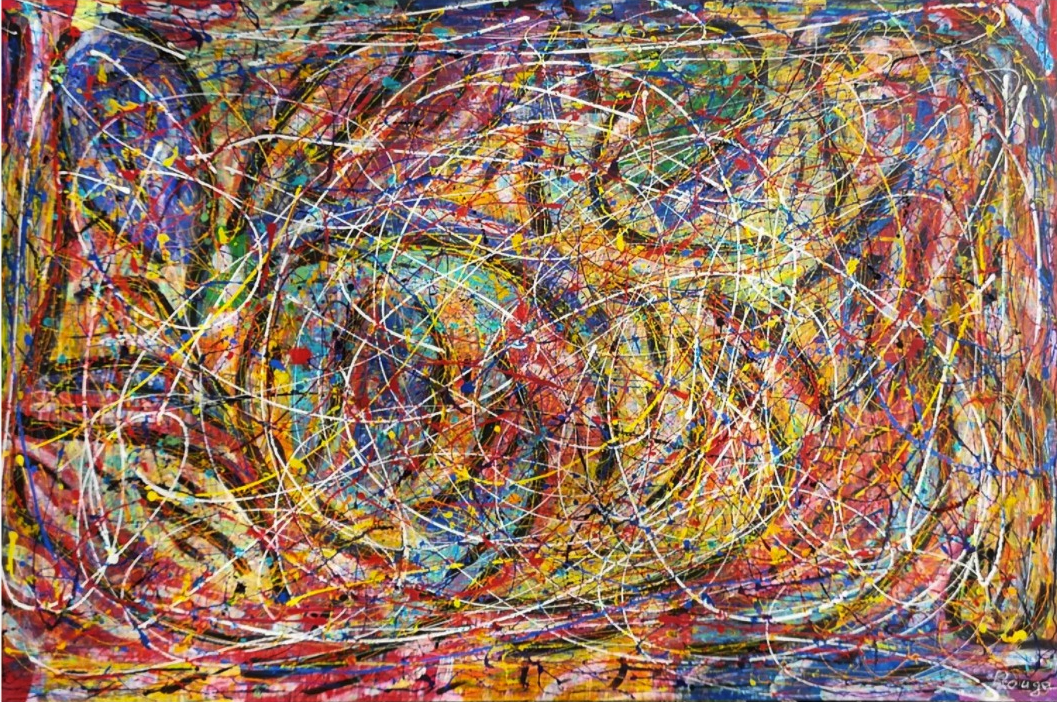
Q: It’s great to hear that your friend’s words had a positive impact on you and inspired you to take action. It takes courage to pursue our passions, but it’s often the most fulfilling path we can take. It’s wonderful that you didn’t hesitate and bought a year’s worth of art supplies to get started on your journey as an artist. Starting something new can be daunting, but taking that first step is often the most important one. Congratulations on taking that step and exploring your artistic side!
ROUGE: For many artists, the first weeks and months of pursuing their art can be both exhilarating and challenging. It can be a time of discovering one’s own unique style, experimenting with different techniques, and finding inspiration. At the same time, it can be a time of uncertainty, self doubt, and financial insecurity.
In the beginning, artists may struggle to find their footing in the art world and to establish themselves as professionals. They may face difficulties in marketing their work, finding gallery representation, and building a following.
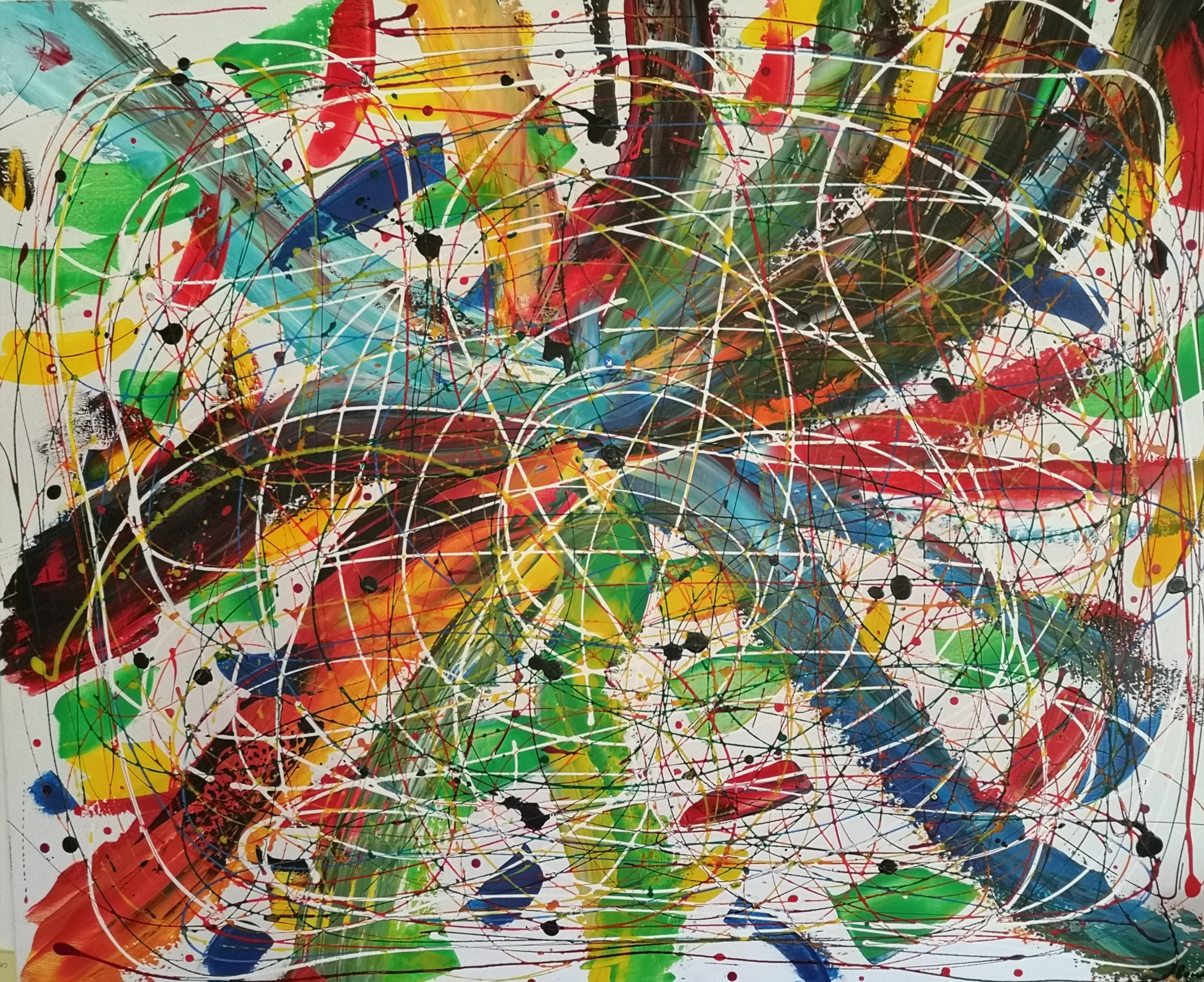
Despite these challenges, many artists find the experience of creating art to be deeply fulfilling and rewarding. They may find that their passion and dedication to their craft fuels their motivation to overcome obstacles and continue pursuing their artistic goals.
Changing careers at any age can be a daunting prospect, but it is never too late to pursue a new path if that is what you truly desire. Many people find that they are able to draw on their previous experiences and skills to excel in a new career. While there may be some challenges to changing careers in one’s sixties, such as learning new skills or adapting to a new work environment, there are also advantages, such as a wealth of life experience and a strong work ethic. Additionally, with the increasing availability of online education and training programs, it is easier than ever to acquire the skills needed to succeed in a new career.

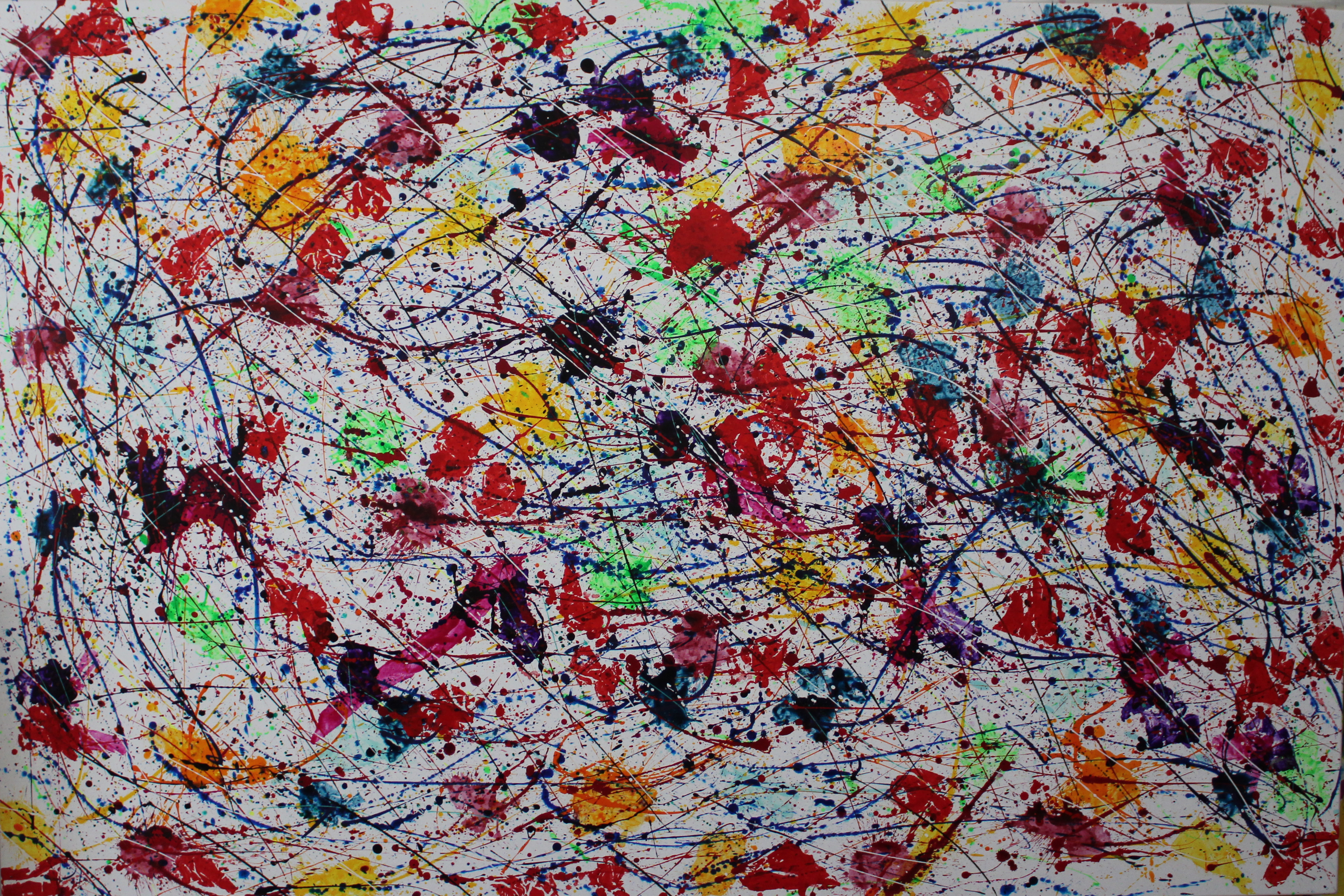
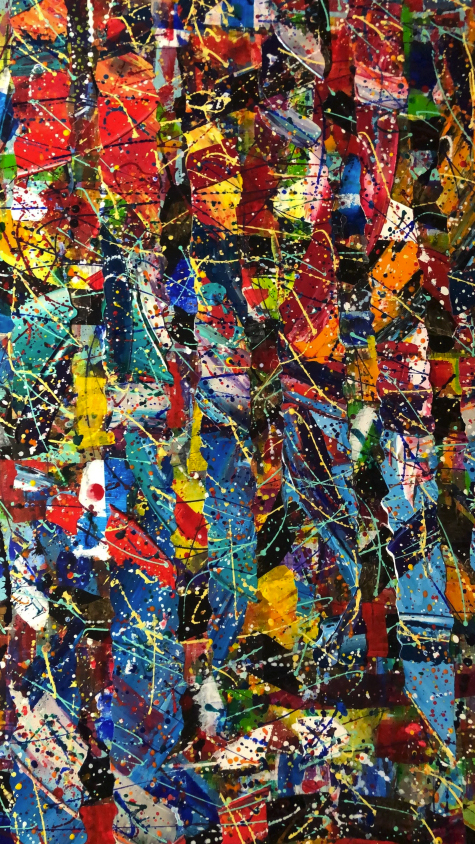

Ultimately, the decision to change careers should be based on one’s own goals, passions, and values, rather than on external factors such as age. With determination and hard work, it is possible to succeed in any career at any age.
Rouge’s story is a reminder that it is never too late to pursue one’s passion and that the creative spirit can flourish at any age. His work serves as an inspiration to artists and art lovers alike, and his legacy is sure to endure for generations to come.
Patrice Rouge will finally get the chance to put his life and work on display. Meanwhile, he continues to spend days and nights in his atelier at a family Chateau in the French Pyrenees where he has immersed himself into creating a new series of stunningly beautiful works.
After a lifetime spent observing beautiful things, the artist has found his true self and is ready to make his mark on the art world.
Hal Pollock is a Cleveland lawyer, entrepreneur, author, and lyricist like few others. A magazine article about him once said “Pollock knows only one speed: full.” Pollock began writing songs in 1999 and founded independent record label Esquire Records. In 2002 Pollock began writing children’s books producing So Many Monsters, Monstermania (featuring Pollock’s children’s characters “the Brittles”), and Monster at the Bat, a takeoff on Casey at the Bat with the happy ending baseball fans always wanted. After meeting Al Gore, Pollock also wrote Monster for President, a spoof of presidential politics. Pollock is now completing his memoir entitled Survivors – A Love Story and a 500 songbook of Pollock’s songs and lyrics. The songbook is entitled Set the World to Music and will be released this summer. It will include Pollock’s current hit Ukrainian Pie, a takeoff on American Pie which has garnered 1.7 billion views on TikTok and 450,000 views on YouTube. The songbook will also include Daughters and Sons recorded by Sonny Geraci (Time Won’t Let Me/Precious and Few) inspired by Columbine; Love Will Light The Way by comments of Barbra Streisand at her Timeless Millennium concert in Las Vegas, Nevada; and A World Gone Mad by the events of 9/11, written that same evening; and Pollock’s proposed new national anthem For Which We Stand.



